INFOGRAPHIC: Using digital tools to unlcok HR's true potential.
Research and publish the best content.
Get Started for FREE
Sign up with Facebook Sign up with X
I don't have a Facebook or a X account
Already have an account: Login
Get weekly or monthly digest of all posts in your inbox: https://fmcs.digital/wim-subscribe
Curated by
Farid Mheir
 Your new post is loading... Your new post is loading...
|

Curated by Farid Mheir
Get every post weekly in your inbox by registering here: http://fmcs.digital/newsletter-signup/
|









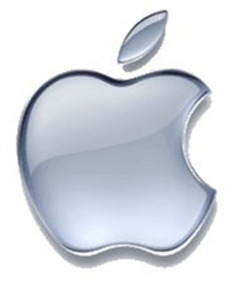
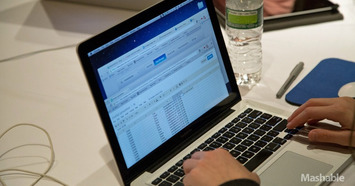

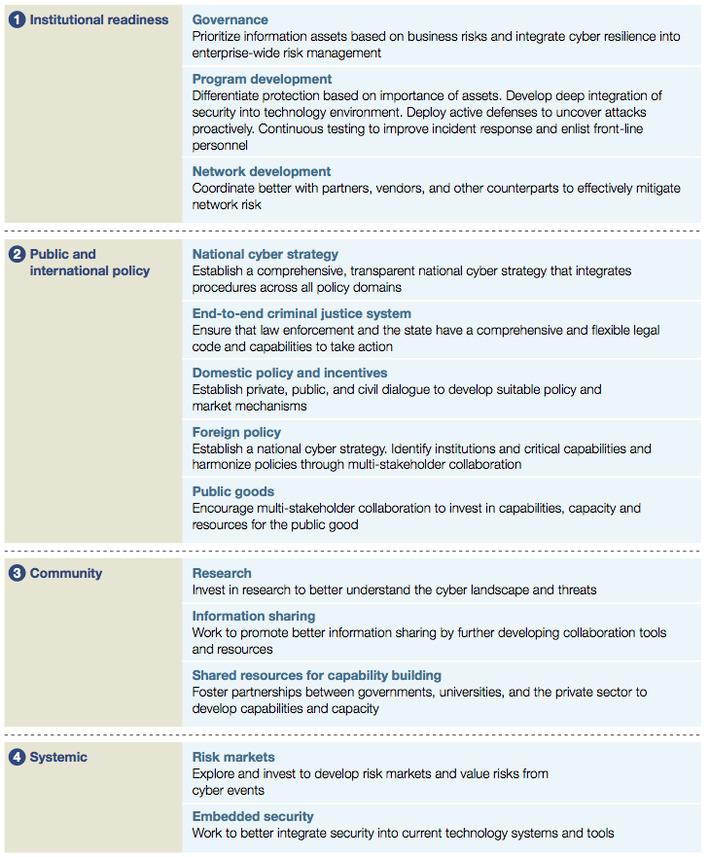
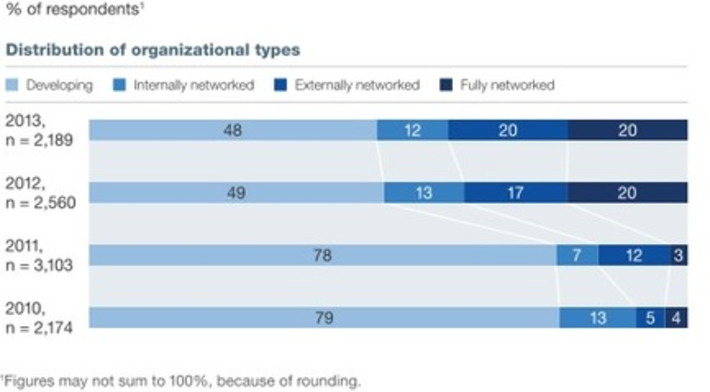
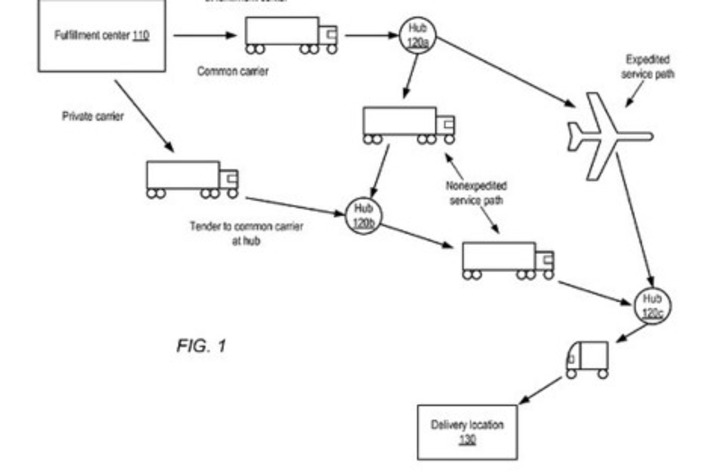
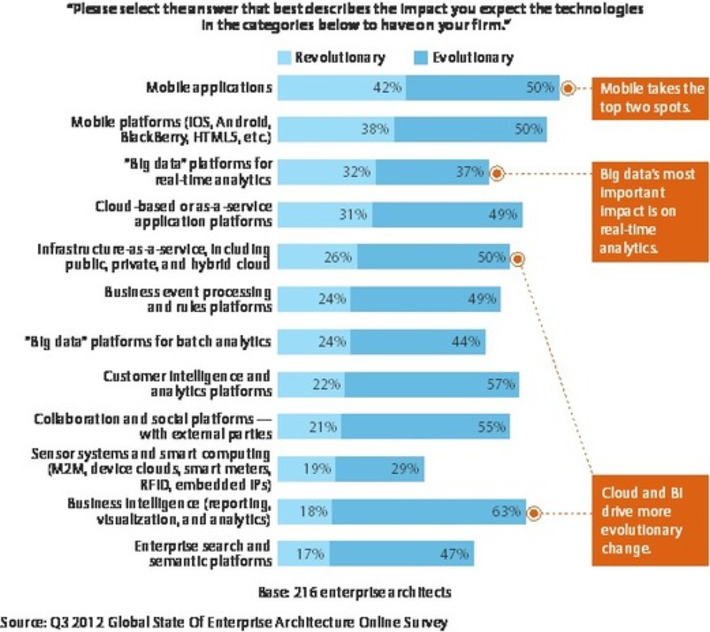
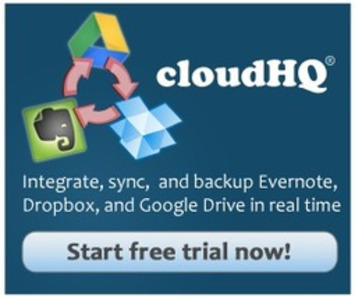

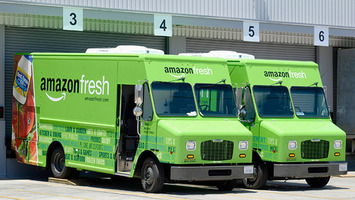
![This is [Modern] Retail #infographics via @nrf | WHY IT MATTERS: Digital Transformation | Scoop.it](https://img.scoop.it/pel6y1kaO4ZUtHJKyZ09qnkes5yE2Br8B0LnubnjJ88=)
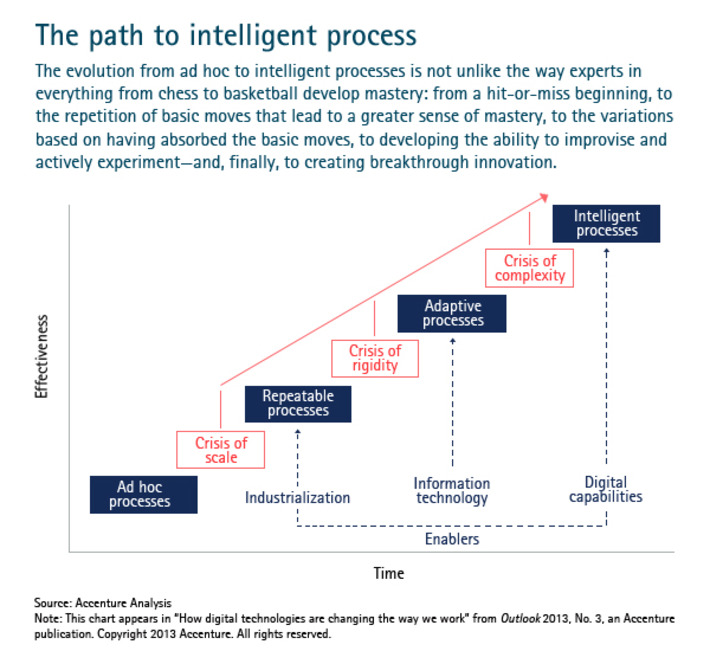
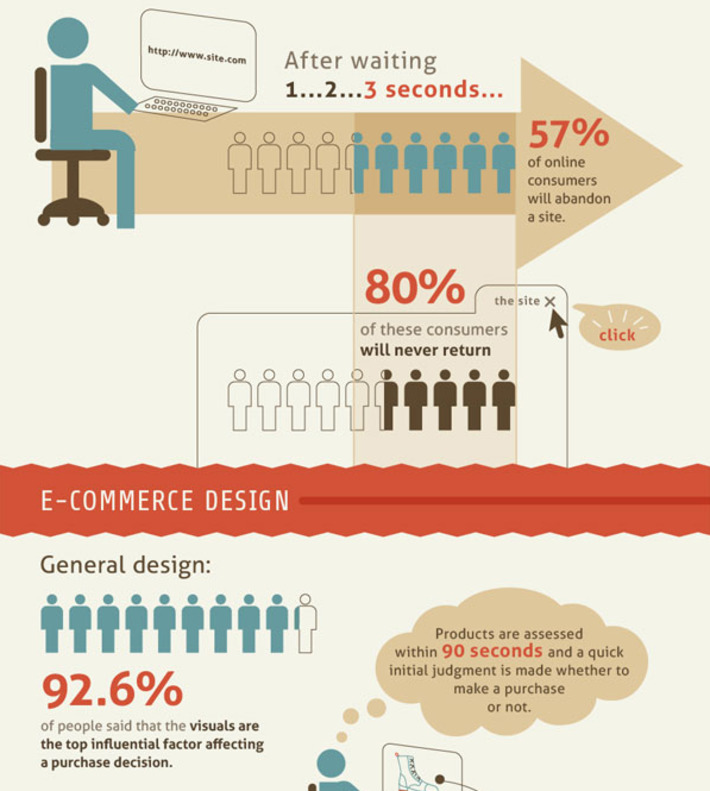



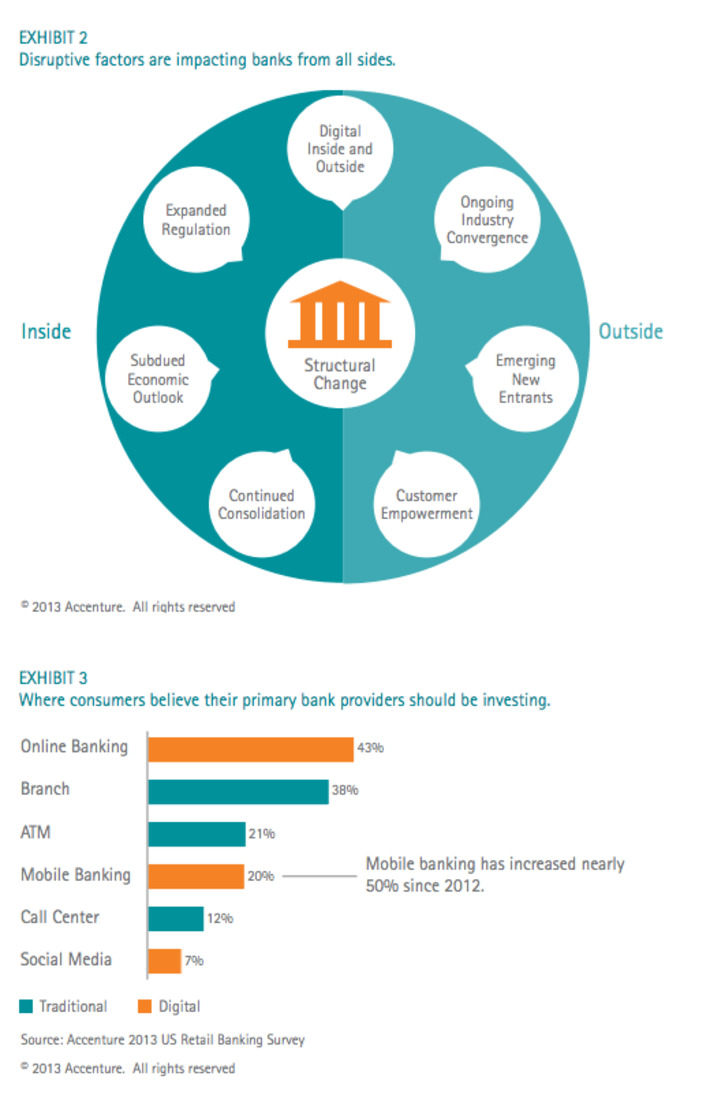
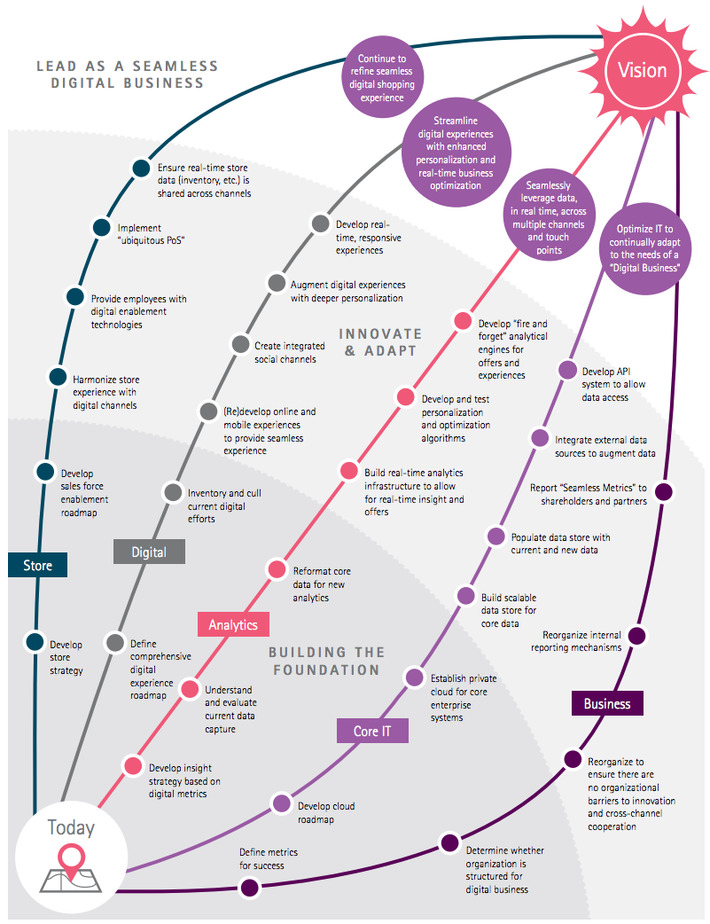

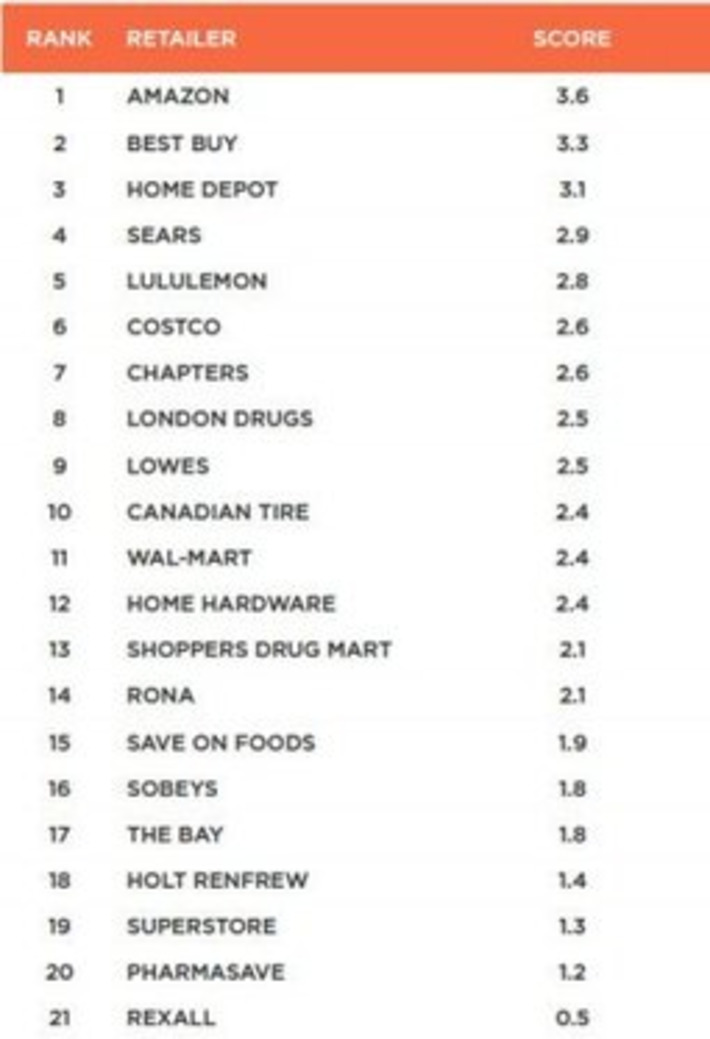








Infographics that summarizes the discrepency between what the market wants and needs - job seekers, employees - and what the talent professionals do, how they do it and with what they do it. I agree with Capgemini that HR still lags in its techniques, its communications and its technologies (even though the infographics is a bit light on details and the recommendations feel a bit generic)
Case in point. Most organizations still rely on job postings and physical interviews to source candidates and assess their expertise. Few if any have moved the sourcing into social networks, leveraging the LinkedIn and Facebook networks of their employees (who better to know a good engineer than your existing employees in the engineering department - after all they probably went to school with most of them!) to identify the most promising candidates, getting recommendations from people that know them and trust them, then calling them up for a video interview.
In this "Sourcing 2.0" scenario" no resume changes hand before a candidate has been vetted by its peers, thus reducing the number of interviews and increasing the quality of candidates that are being interviewed. Moreover this provides HR teams with access to "passive candidates", ie. those guys and girls that have a job right now and may need just the right kind of push to switch to a new job, employer or position...